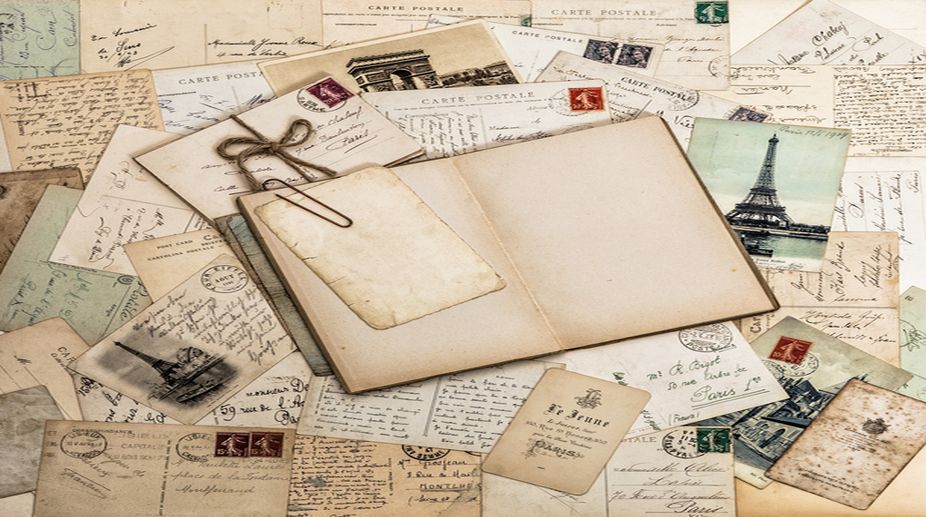Diwali SMS and Whatsapp Wishes for 2023: Spreading Light and Love
Send your warm Diwali wishes for 2023 with our heartfelt SMS messages, spreading light and love this festive season.

Post Cards (PHOTO: GETTY IMAGES)
The new "post card " issued by the Department of Posts some years back could be written only on one side. The space on the reverse, facing the address column, was taken over by an advertisement of the Ministry of Environment and Forests to emphasise the importance of water conservation. The ad showed a green field, below which was advice to farmers: "Sow only crops which do not need much water", followed by a slogan "Where there is greenery, there is prosperity". Space for the address column was also curtailed, with instructions that nothing should be written below the pincode line.
That was perhaps the latest attempt to discourage people from writing postcards. Earlier, attempts were made to raise its price from 50 paise to a rupee, failing which it was proposed to scrap this convenient mode of communication altogether, to offset the loss to the Postal Department. But saner counsel prevailed and the post card survived. Now, however, few post offices stock post-cards because of the popularity of mobile SMS.
It is interesting to note that one-pie post-card was introduced in North India in the mid-19th century by Rai Bahadur Saligram, the first Indian Postmaster General of the Punjab Circle (under which Delhi was also covered). When after some years the price was raised to two pies (half a paisa), there was such a hue and cry that the increase was withdrawn. But in the beginning of the 20th century the price was raised to one paisa and then half an anna. That was the time when old C B Cockaine of Mount Abu used to send his comments to The Statesman on postcards bearing his spartan handwriting.
Advertisement
During the two conflicts with Pakistan ~ 1965 and 1972 ~ people trying to contact relatives across the border generally communicated through post-cards, as no censorship was needed for them. Interestingly enough, the post card was also favoured by George Bernard Shaw, who used it to convey short messages. Even in our own SMS age, Khushwant Singh was fond of using the post-card.
Before him Gandhiji too preferred it. And about the same time, retired Babu Kishan Swaroop Darbari would always announce his arrival in a new town by sending post-cards to his relatives. Unfortunately, now getting a post-card means a futile chase. It's anybody's guess that this relic of the past will soon become extinct like the telegram.
Advertisement